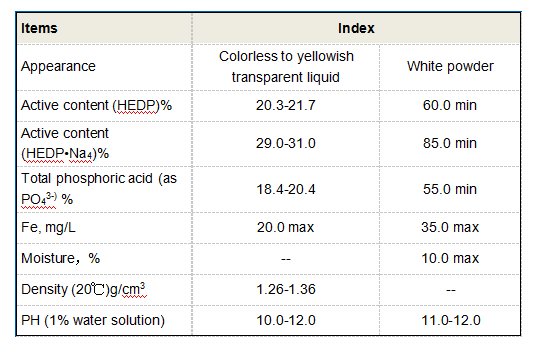cationic polyacrylamide
Cationic polyacrylamide (CPAM) is a versatile polymer that has gained prominence in various industrial applications due to its unique properties. As a cationic polymer, it carries a positive charge, which makes it particularly effective in facilitating processes such as flocculation, sedimentation, and binding in aqueous solutions. This article explores the key aspects of cationic polyacrylamide, including its structure, properties, applications, and environmental considerations.
Cationic polyacrylamide is synthesized from acrylamide monomers through polymerization, often using cationic monomers to introduce positive charges along the polymer chain. The structure of CPAM consists of long chains of repeating acrylamide units, which can be modified to adjust their charge density, molecular weight, and other characteristics. These modifications enable CPAM to be tailored for specific applications, making it a highly adaptable material.
One of the primary applications of cationic polyacrylamide is in wastewater treatment. CPAM is extremely effective in destabilizing colloidal suspensions, promoting the aggregation of particles, which leads to the formation of larger flocs. These flocs can then be easily removed from water, resulting in clearer effluent. This property is particularly beneficial in industries such as paper manufacturing, mining, and municipal wastewater treatment, where the removal of fine particles is essential.
cationic polyacrylamide

Additionally, cationic polyacrylamide is used in the production of drilling fluids in the oil and gas industry
. It enhances the viscosity and stability of the fluids, facilitating the drilling process while also minimizing the environmental impact. Moreover, CPAM is utilized in agriculture as a soil conditioner and a flocculant to improve water retention and promote better crop yields.Despite its advantageous properties, there are environmental and health considerations associated with the use of cationic polyacrylamide. If not managed properly, CPAM can pose risks to aquatic life due to its potential toxicity. Thus, regulating its use and promoting the development of biodegradable alternatives is crucial in ensuring safe application.
In conclusion, cationic polyacrylamide is a valuable polymer with a wide array of applications across various industries. Its effectiveness in water treatment and industrial processes underscores its significance; however, awareness of its environmental impact is essential. Ongoing research and innovation in the field may lead to safer and more sustainable usage of this important material.
-
Understanding Polycarboxylic Acids: Properties, Applications, and Future PotentialNewsJul.28,2025
-
Scale Inhibitor Explained: How to Protect Your System from Limescale and Hard Water DamageNewsJul.28,2025
-
Scale and Corrosion Inhibitors: Essential Chemicals for Industrial Water System ProtectionNewsJul.28,2025
-
Polyaspartic Acid: A Biodegradable Polymer for Sustainable ChemistryNewsJul.28,2025
-
Isothiazolinones: A Versatile Antimicrobial Class with Industrial Power and Regulatory ChallengesNewsJul.28,2025
-
A Deep Dive into 2-Phosphonobutane-1,2,4-Tricarboxylic Acid (PBTC)NewsJul.28,2025





